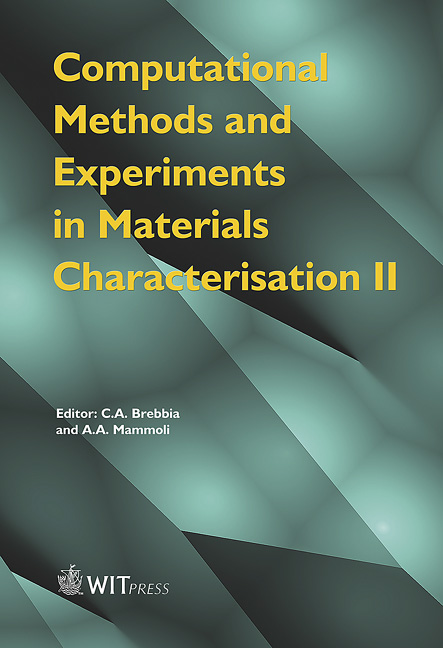Bumps In Deep Mines Using Free Hexagons
Price
Free (open access)
Transaction
Volume
51
Pages
10
Published
2005
Size
509 kb
Paper DOI
10.2495/MC050331
Copyright
WIT Press
Author(s)
P. Procházka & M. Kugblenu
Abstract
The occurrence of rock bumps during mining or tunneling is studied in this paper. The bumps appear to be a very essential threat for human lives, particularly if the bumps affect the stability of a tunnel face or long walls during mining. The rock bumps are explained as a sudden release of accumulated energy in either brittle, or almost brittle rocks. The material behavior of such rocks is elastic until a certain limit is attained. Then an abrupt extrusion of the rock particles occurs. This is one of the most important reasons for using grainlike elastic, or elastic-plastic elements in numerical simulation of this problem. The conditions for damage behavior, i.e. nucleation of cracks being an indication of starting bumps are concentrated to the boundary of the elements. The BEM describes the material behavior inside the elements. Some examples are presented at the end of this paper to show the ability of the static version of the free hexagon method. 1 Introduction Particularly in geotechnical and mining engineering one meets the problem of stability of tunnel face, or stability of walls during longwall mining. The classical numerical methods (BEM, FEM) mostly fail because of the "too stiff" behavior of the approximations, and consequently, a very fine meshing in the neighborhood of the touched zones is required. Moreover, the damaged material can be described in a very complicated way and there are a few methods starting with continuous medium and considering nucleation of crack (this is our case). This assertion is valid also for the observation and study of rock bumps. In the latter case the material cannot be even described as a continuum, but the nucleation of micro- and macro-cracking is expected; a movement of free particles of the rock should be described after the bumps occurrence. Note that in our case only starting stages of bumps are observed, i.e., no large displacements,
Keywords





